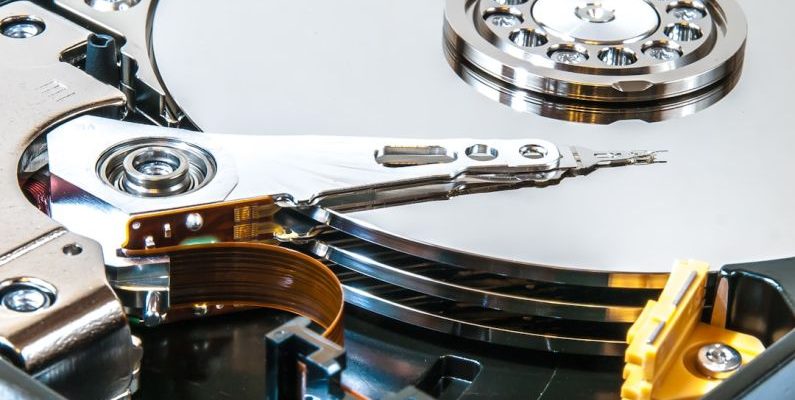Precision parts are integral components in various industries, from aerospace to medical devices. Maintaining these parts in optimal condition is crucial for the overall performance of the systems they are involved in. One of the most effective methods for cleaning precision parts is through ultrasonic cleaning. This innovative technology utilizes sound waves to remove contaminants and residues from intricate parts, ensuring they remain in top-notch condition. Let’s delve into how ultrasonic cleaning works its magic on precision parts.
The Science Behind Ultrasonic Cleaning
Ultrasonic cleaning harnesses the power of high-frequency sound waves to agitate a cleaning solution. The process begins with placing the precision parts in a tank filled with a suitable cleaning solvent. The tank is equipped with transducers that convert electrical energy into ultrasonic waves. These waves create millions of microscopic bubbles through a phenomenon known as cavitation. The bubbles implode upon contact with the parts, dislodging dirt, grease, and other contaminants from the surface. The cleaning solution penetrates even the tiniest crevices and recesses of the parts, ensuring thorough cleanliness.
Benefits of Ultrasonic Cleaning for Precision Parts
Precision parts often have complex geometries and delicate surfaces that can be challenging to clean using traditional methods. Ultrasonic cleaning offers several advantages in this regard. Firstly, it is a non-invasive process that does not involve harsh chemicals or abrasive scrubbing, minimizing the risk of damage to the parts. Secondly, ultrasonic cleaning is highly efficient, capable of reaching areas that are difficult to access manually. This results in a more thorough and consistent cleaning outcome compared to other methods.
Applications of Ultrasonic Cleaning in Various Industries
The versatility of ultrasonic cleaning makes it a popular choice across a wide range of industries that rely on precision parts. In the aerospace sector, ultrasonic cleaning is used to maintain critical components such as turbine blades and fuel nozzles. In the medical field, precision parts in surgical instruments and medical implants undergo ultrasonic cleaning to ensure sterility and performance. The electronics industry also benefits from ultrasonic cleaning for removing flux residues from circuit boards and connectors.
Maximizing the Efficiency of Ultrasonic Cleaning
To maximize the efficiency of ultrasonic cleaning for precision parts, it is essential to select the appropriate cleaning solvent and operating parameters. The choice of solvent should be compatible with the material of the parts and the type of contaminants to be removed. Additionally, optimizing factors such as temperature, frequency, and cleaning time can enhance the cleaning effectiveness of the process. Regular maintenance of the ultrasonic equipment is also crucial to ensure consistent performance.
In conclusion, ultrasonic cleaning is a powerful and efficient method for maintaining the cleanliness of precision parts across various industries. By understanding the principles behind ultrasonic cleaning and its applications, manufacturers can ensure the longevity and performance of their critical components. Embracing this advanced cleaning technology can lead to improved quality control, reduced downtime, and overall cost savings in the long run.

